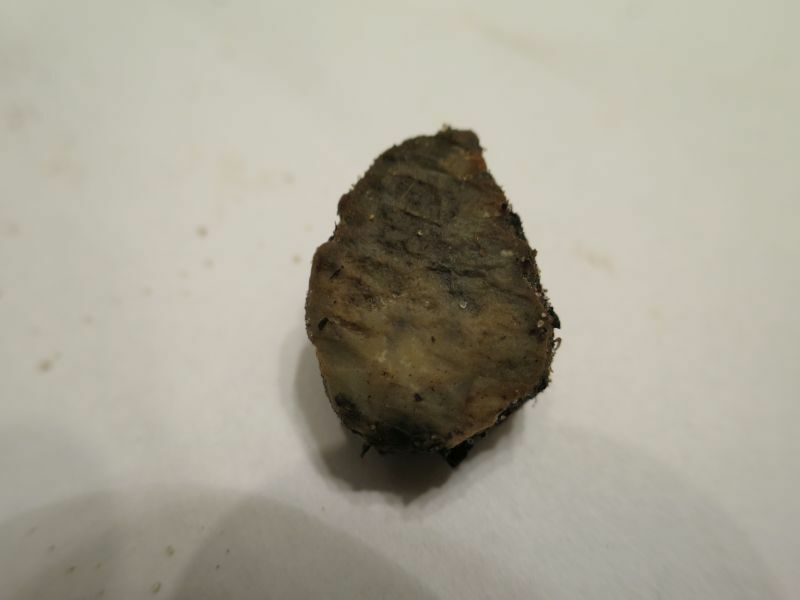tu taki akapit podrzucę (szkoda że źródła nie wspominają o badaniach w Europie Środkowej i Wschodniej:
Early phylogenetic analyses supported the hypothesis that the genus comprises only a few species with considerable phenotypic variation.[4][5] More recent DNA work, however, has revealed more than a dozen distinct groups of morels in North America,[6] and over 60 worldwide.[7] An extensive DNA study showed three discrete clades, or genetic groups, consisting of the black morels (Morchella elata and others), the yellow morels (Morchella esculenta and others), and the white morels (Morchella rufobrunnea and Morchella anatolica). Species within the Elata clade (also referred to as Distantes), are characterised by the gradual darkening of their sterile ridges upon maturity, with the exception of Morchella tridentina (=Morchella frustrata), which has persistently pale ridges.[8] Within the black and yellow clades, there are dozens of individual species, many endemic to individual continents or regions.[1] This species-rich view is supported by studies in North America,[1] Western Europe,[9] Turkey,[10][11] Israel,[12] the Himalayas,[13] and China.[7]
[4] Bunyard, B. A.; Nicholson, M. S.; Royse, D. J. (1994). "A systematic assessment of Morchella using RFLP analysis of the 28S ribosomal gene". Mycologia 86 (6): 762–772. doi:10.2307/3760589. JSTOR 3760589.
Jump up ^ Bunyard, B. A.; Nicholson, M. S.; Royse, D. J. (1995). [5]"Phylogenetic resolution of Morchella, Verpa, andDisciotis (Pezizales: Morchellaceae) based on restriction enzyme analysis of the 28S ribosomal RNA gene". Experimental Mycology 19 (3): 223–233. doi:10.1006/emyc.1995.1027. PMID 7553270
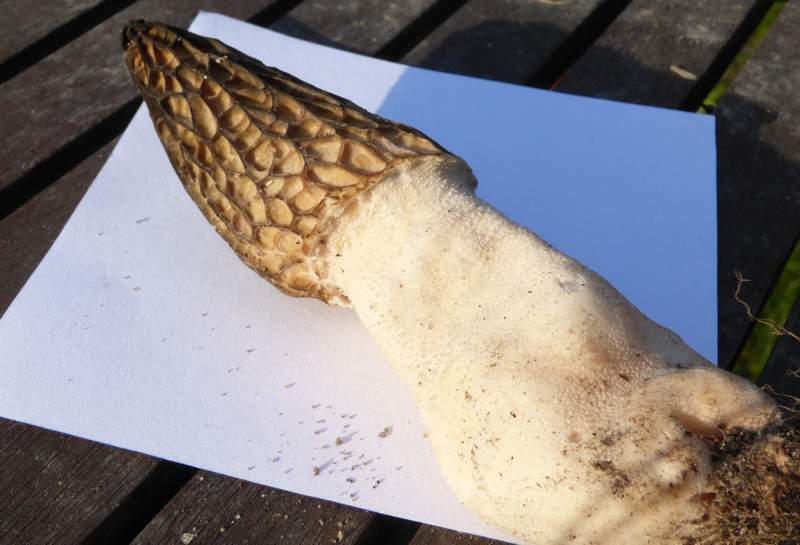
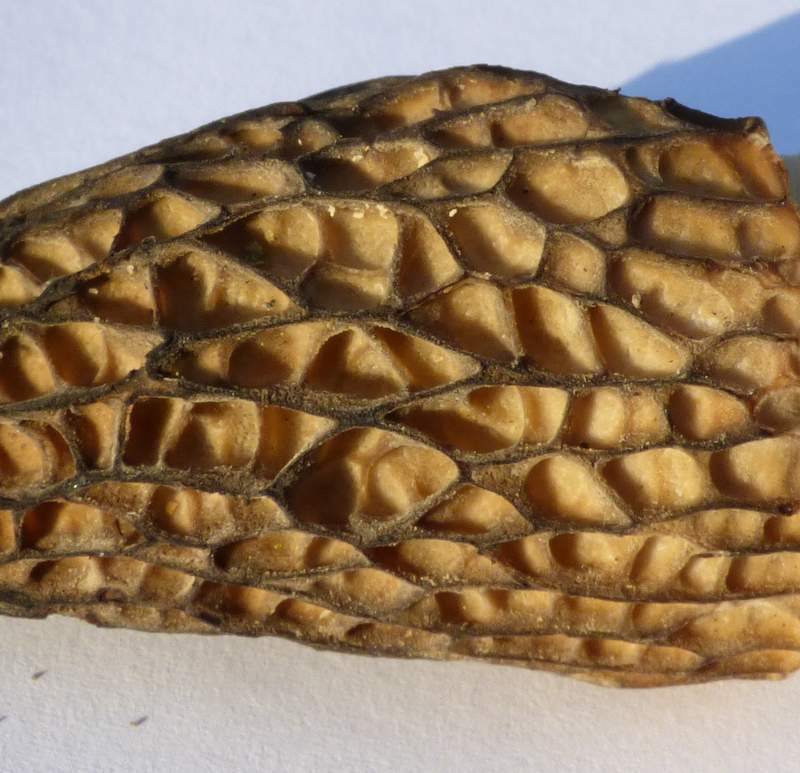



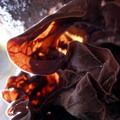
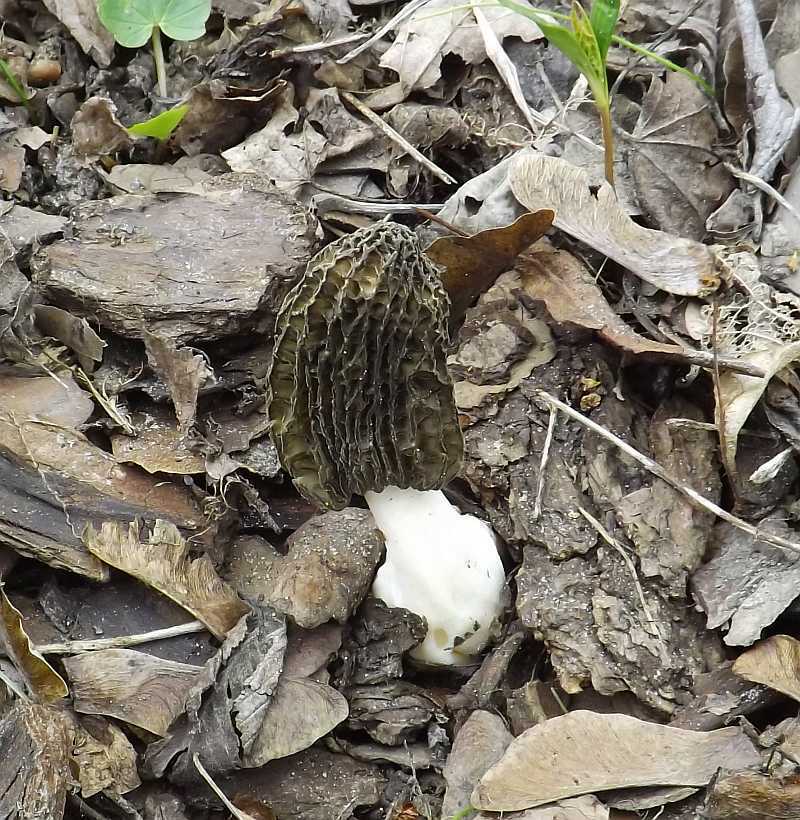
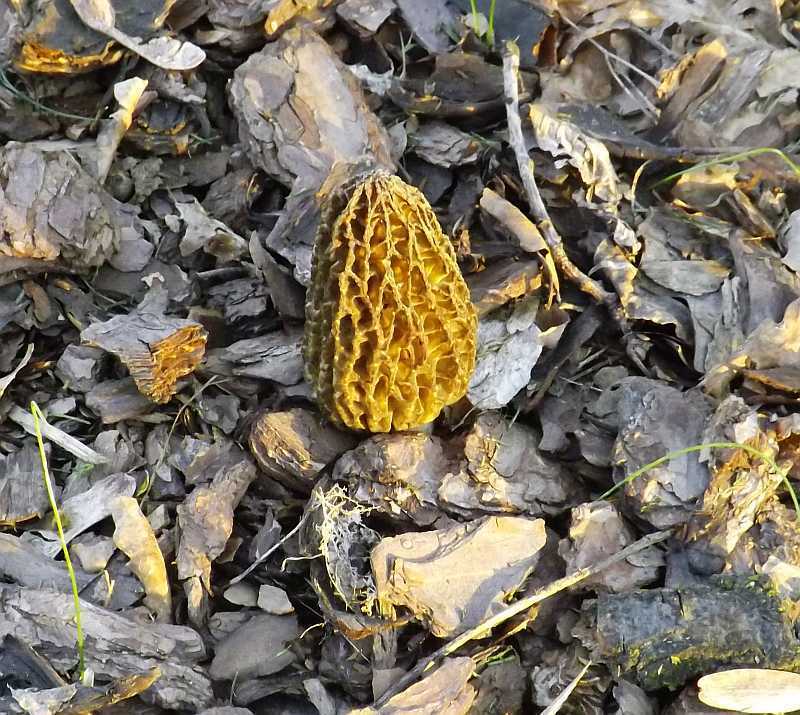 obydwa stożkowate,ale jak różne.Hagara pokazuje zdjęcia czterech gatunków w tym M.elata,które mogą być traktowane jako m.Conica
obydwa stożkowate,ale jak różne.Hagara pokazuje zdjęcia czterech gatunków w tym M.elata,które mogą być traktowane jako m.Conica


